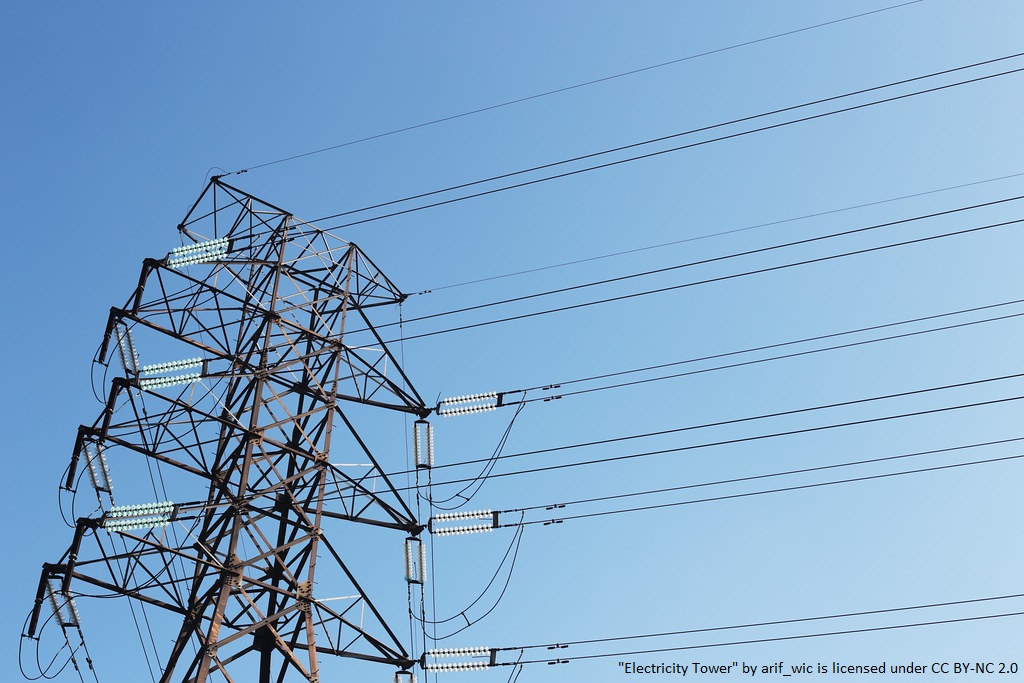Demand will be roughly 336,000 gigawatt hours while supply will reach only about 280,000 gigawatt hours without a miracle. But even if somehow supply satisfies demand, the infrastructure that carries electrons is so creaky that there is no guarantee that the power will arrive where it’s needed.
A pair of University of California, Davis researchers recently looked at the “large burden” that the state’s “ambitious electric vehicle (EV) policies” will place “on the state’s electric distribution system,” and reached a not-so-surprising conclusion.
“We find a substantial need for infrastructure upgrades in 50% of feeders by 2035, and 67% of feeders by 2045,” say Yanning Li and Alan Jenn. “The distribution system across California must upgrade its capacity by 25 GW by 2045, corresponding to a cost between $6 and $20 billion.”
That larger figure is roughly “40% of the total existing distribution grid capital costs.”
The system that provides electricity begins with generation at power plants. From there, the electricity moves through long-distance transmission lines, and then to the distribution lines that send it to commercial, institutional and residential customers after substation transformers have stepped down the voltage. The researchers expect this “last mile” to be the source of congestion.
“Since EV charging predominantly occurs within the distribution grid,” say Li and Jenn, “if the distribution capacity remains unprepared or insufficiently upgraded, it could become the primary bottleneck of EV penetration into the grid, risking the power quality and reliability of the local network.”
So most of the work will have to be done down the street – and up the street and around the corner. Li and Jenn found “that overloading conditions are highly diverse spatially, with feeders in residential areas requiring twice as much upgrade compared to commercial areas.”
In other words, neighborhoods will have to deal with the hubbub of men and heavy equipment modernizing what critics have been for years calling California’s Third World grid. It will become a logistical nightmare while crews attempt the equivalent of “repairing a car while driving.”
Upgrades could have – should have – been started before conditions became critical. Resources squandered by utilities on the renewables transition would have been more practically spent on bringing the system up to date. But that’s not the way this state works in the 21st century.
California’s blindly ambitious transition to a no-hydrocarbons grid will also be complicated by another gap that has to be plugged. A year ago, the California Independent System Operator said that “new transmission infrastructure” will be “needed to reliably and efficiently meet California’s clean-energy objectives over the next decade.” The hurdles to reaching the target include managing an increased fire risk as more power lines are strung across vulnerable areas; a construction schedule so tight that is seemingly impossible; and land acquisition that will be stubbornly opposed by NIMBYs and BANANAs.
Regarding that last point, the fate of a $1 billion transmission line project in Maine is winding its way through the courts after voters sharply rejected the plan in a 2021 referendum – even though it was “touted as a bold effort to combat climate change,” according to the local media. NIMBYs, BANANAs and eco-agitators (who often fight their own purported interests by opposing “green” projects) might be strong in Maine. But there’s nothing quite like a Californian who is dedicated to shutting down anything that’s made by man.
And then there’s the cost – which “hardly anybody wants to pay for” – that CAISO estimates will be $9.3 billion for 46 transmission projects. Add that to Li and Jenn’s most costly scenario for distribution upgrades, and the cumulative “damage” will be rather painful.
Kerry Jackson is the William Clement Fellow in California Reform at the Pacific Research Institute.

